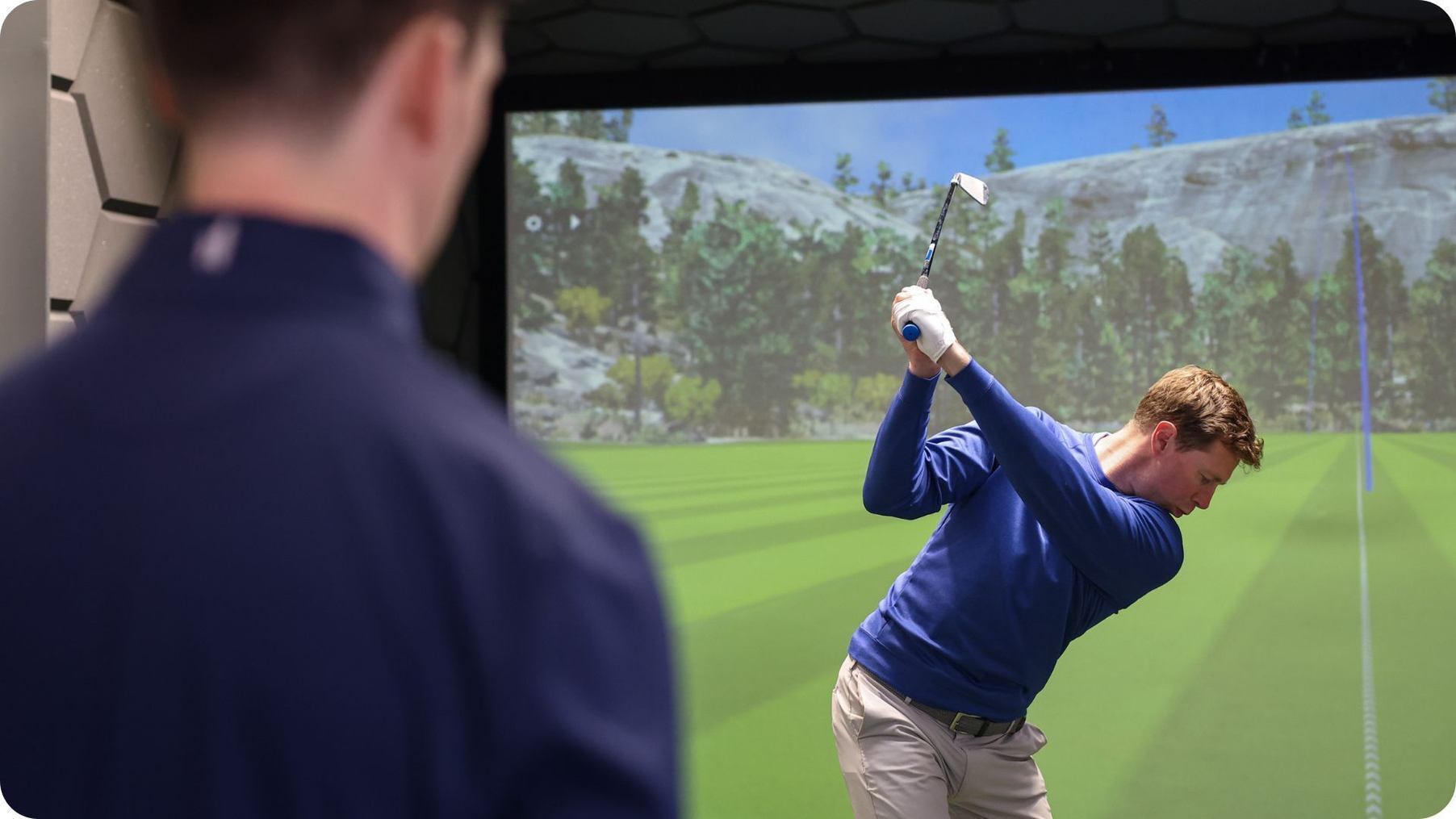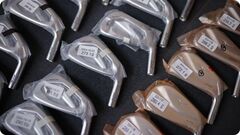What a magical Masters tournament we have just witnessed.
Rory McIlroy finally crossed the line and broke the voodoo of Augusta National to claim his first green jacket and become the sixth member of a highly exclusive club of grand slam golfers who have claimed all four major championships in their careers.
For many of us, the Masters signifies the proper start of our golf season. Surviving on little or no golf through the long winter months becomes a distant memory, helped by the longer daylight hours, which give us more opportunities to get to the golf course.
As we shake off the winter rust, golf manufacturers have been busy unveiling the latest equipment, each claiming to revolutionise our games.
If we listen to most of the marketing hype, golf is an easy sport. Purchase new golf equipment each year, and you'll be a better player than the previous year. Why wouldn’t you want to get the credit card out and start buying?
However, how do we know what’s best for us? Do technology and materials make a difference? Or are we being conned each year into parting with more money and keeping the profit margins of the biggest manufacturers healthy?
To answer these questions, let’s split this piece into three critical sections:
- What’s Worth Paying Attention To?
- How To Evaluate New Golf Gear?
- Should You Upgrade?
What’s Worth Paying Attention To?
Starting at the top end of the bag, the big trend in driver technology has been the switch from titanium to carbon fibre in recent years.
In 2025, we see a continuation of the theme. However, manufacturers are now employing more exotic materials borrowed from the aviation industry and sports car production. New carbon composite materials are a key highlight of the new Callaway Elyte, and TaylorMade Qi35 ranges. Titleist set the ball rolling when they switched from titanium to Proprietary Matrix Polymer (PMP) with the launch of their GT Series in 2024.
So, what does this mean for you?
Carbon composites employed by Callaway, TaylorMade, and Titleist help reduce the head's overall weight. The theory is that lighter heads help improve clubhead speed.
The weight reduction helps engineers reposition the centre of gravity within the driver head, which helps create more specific profiles for each golfer.
If you have clubhead speed, you can opt for a low-spinning head to optimise carry and overall distance. Low spin driver heads focus the mass more towards the face, helping to improve ball speed. If you need maximum stability to help hit more fairways from the poorest of strikes, you can opt for a driver head where the mass is pushed as far from the face as possible.
Driver clubhead design is further enhanced to create more speed via extensive wind tunnel testing (Cobra DS-Adapt) or through the assistance of AI to create a highly stable head shape (Cleveland HiBore XL).
Moveable weight technology continues to play a big part in driver design. The best way to discover where weights can be positioned to maximise your driving game is through a custom-fitting session, during which driving stats can be analysed via a launch monitor.
If you look at the Callaway Elyte range from driver through irons, you’ll see Callaway talking about their Ai10x Face, a series of what Callaway calls “control points” positioned across the face to maintain ball speed and direction from off-centre hits.
Suppose you are a player who struggles with consistently finding the centre of the face. In that case, this technology can help keep your ball in play and tighten up shot dispersion.
For irons, we see the continued rise of the player’s performance iron. Best highlighted by TaylorMade’s updated P790 and P770 irons, these hollow body irons are packed with Speed Foam and updated forged faces to provide a buttery-soft feel. The new forged face is also designed to improve ball speed, giving a more consistent performance.
The P-Series combines its multi-material construction and hollow body with a design that looks like a premium player’s iron. This provides the best of both worlds: maximum performance through technology and multi-material construction in a club that wouldn’t look out of place in an elite player’s golf bag.
Callaway is also improving performance in its Elyte iron range with the use of the same Ai10x Face seen in its woods lineup. The theory works the same: If you really struggle with ball striking consistency, the technology will deliver consistent ball speeds and improved accuracy across the face.
Blended iron sets continue to do well, and manufacturers such as Srixon and Mizuno provide different models that can be easily blended to create the ultimate iron set. If we take Mizuno as an example, you could use the Pro 245s in the long irons, where their hollow-body construction provides more forgiveness and higher ball flights. You can then switch the player’s cavity Pro 243 before opting for the blade Pro 241 short irons for ultimate control.
With wedges, control and feel are the crucial elements we seek.
Cleveland has opted to create a new material with the introduction of Z-Alloy in its RTZ wedges. These wedges provide an enhanced feel for superior, consistent performance.
Nearly all manufacturers offer their wedges with a variety of bounce and sole grinds. The right bounce and sole grind are critical to consistent ball-striking and turf interaction.
Having the right bounce and grind can allow you to nip the ball perfectly off tight links-style turf or prevent the leading edge from getting stuck in the ground on softer course setups.
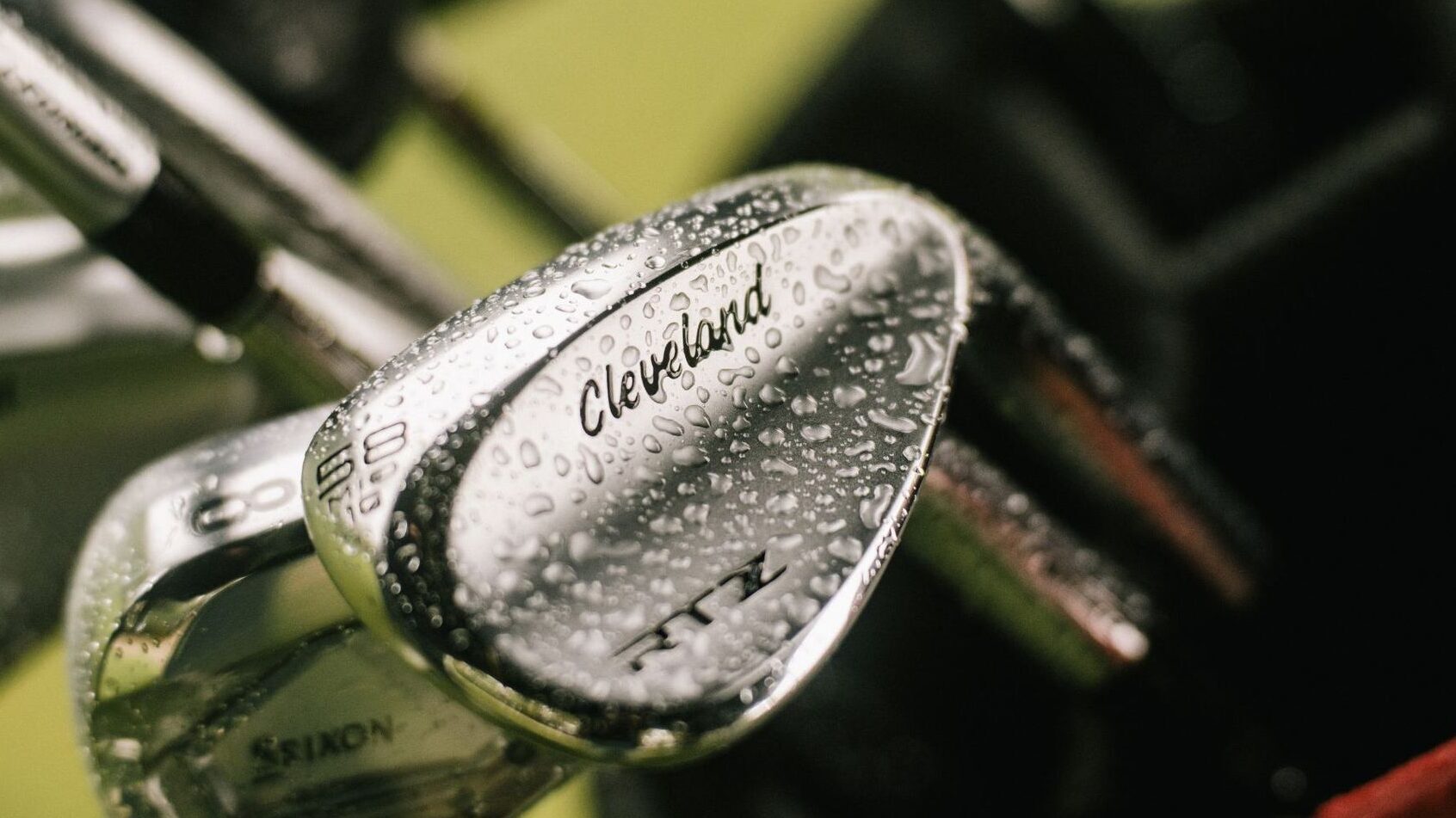
How To Evaluate New Golf Gear?
It's easy to be tempted by claims like "eight extra yards" from a new driver or "13% tighter dispersion" from a new iron set. But marketing doesn't always translate to real-world gains.
How do you know if you will get these gains?
On the golf course, hitting the ball five to eight yards further could mean flying a bunker you could never reach before or hitting more fairways in regulation, based on the claims made.
However, you could fly that bunker because you were playing the hole downwind, and you really caught it, or you may have got a lucky bounce back into the fairway with your drive.
If you buy a new driver or any other golf club with a strong marketing message about the improvements you’ll experience, it's virtually impossible to find proof of those claims when you play golf because we don’t all play in flat, calm conditions at sea level, and on precisely the same type of golf course where we know how far a golf ball will run out.
Because we play on golf courses rather than indoor simulators all the time, we need to pay attention to the conditions we regularly face to guide us on what golf clubs we really need.
If we play on links-style courses that are more exposed to the elements, higher-lofted fairway woods may not benefit our game, as these clubs are designed for higher trajectory shots.
Irons with wide soles or wedges with high bounce angles may also compromise ball-striking capabilities off harder-packed links turf.
We’re not saying that significant distance gains can’t be made, or that you can start to hit more greens in regulation with upgraded irons. You have to understand that these gains come from custom-fitting, where it’s not just the clubhead that's optimised for performance.
Having the correct shaft fitted for your swing can go a long way to achieving the best results for your game.
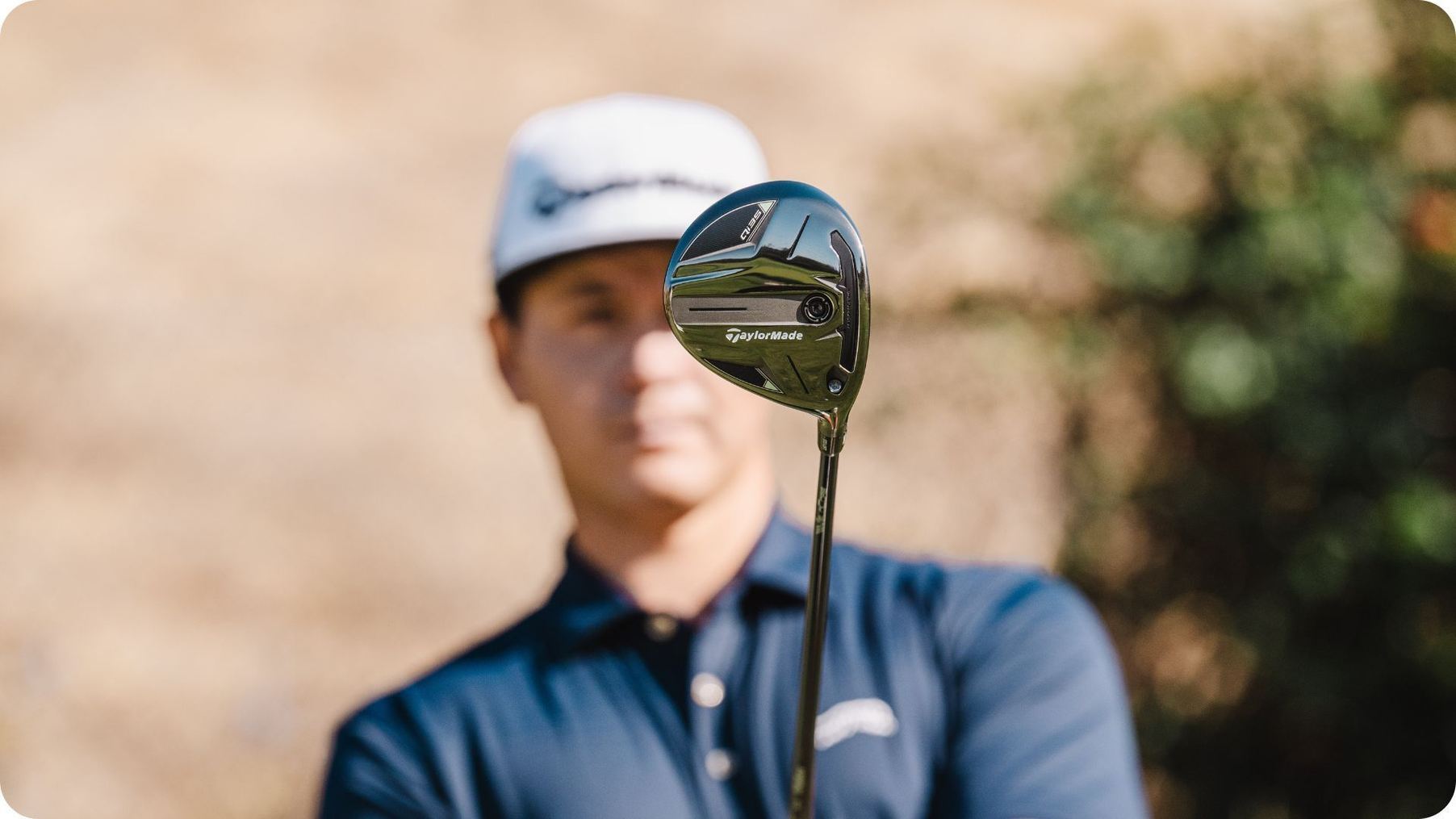
Should You Upgrade?
It’s very tempting to throw caution to the wind and invest in new golf clubs, and the marketing material coupled with the latest designs can make a purchase hard to resist.
However, investing in new golf clubs can mean parting with a lot of money, with the risk that your latest purchase won’t live up to the hype.
So, how do you start to make logical decisions about whether to make a change?
We can look at four key areas:
- Age of Your Equipment
- Driver Issues
- Inaccurate Irons
- Wedge Inconsistencies
Age of Your Equipment
If you are using clubs that are older than five years, there is a good chance you will be losing out. Technology has moved on significantly in the intervening period, meaning that you could be giving up yards off the tee, or struggle to hit targets with off-centre strikes.
While age is a critical factor, you could be losing performance from a more recent purchase because you may have opted for the off-the-shelf option, which is not optimised for your game.
Driver Issues
If you watch your regular playing partners put new drivers in their bags, and suddenly, they are smoking it twenty yards past you, it could be time to consider a change.
If your driver regularly costs you penalty shots off the tee, it could also be time to question the effectiveness of your current model.
Inaccurate Irons
With golf irons, we also need to consider how much we are punished for a poor strike. Heel and toe strikes rob us of distance and accuracy.
Irons can also cost us shots because they might impart too much or not enough spin. Irons that spin too much can lead to high ballooning ball flights, constantly leaving us short of the target. Irons with too little spin won’t generate enough stopping power to hold the green.
Wedge Inconsistencies
Wedges always have a hard life because we use them so often. Worn-out grooves cause inconsistent spin numbers, reducing control where you need it most. Inconsistent trajectory control can be attributed to the wedge’s loft being knocked out, which is common for soft forged wedges.
If you play game-improvement wedges, you could struggle to stop the ball effectively on greens due to the stronger-lofted nature common in these clubs.
One final area to pay attention to with wedges is the consistency of strike. If you thin or fat a lot of your wedges, you could be using the wrong bounce and sole grind.
The common denominator here is that your confidence can be eroded due to unpredictable performance, which leaves you second-guessing what results you’ll get on the course.
If you don’t trust your golf equipment, the chances of shooting a good score are very low.
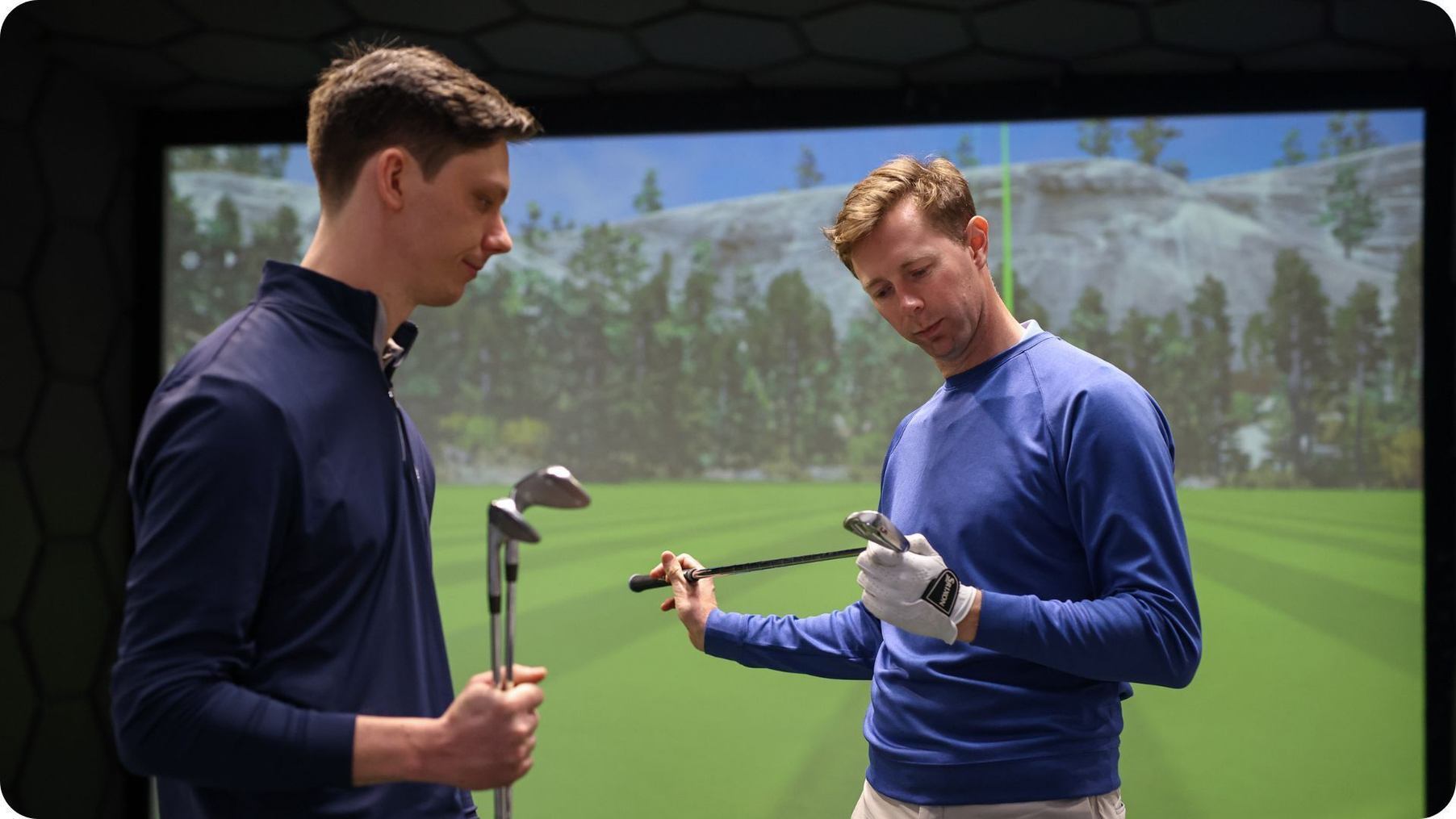
How do you reach a point where you trust the golf clubs in your bag to perform as expected?
The answer lies in being custom-fitted for your next set of clubs.
In the previous section, we mentioned that significant gains can be made through the custom fitting process, and we’ll now explain why that is the case.
A custom-fitting session is ultimately designed to create the ideal golf club or clubs based on your specific needs. To achieve this, the process begins by analysing your current golf clubs as a benchmark and looking for areas for improvement. A sophisticated launch monitor records key data, such as spin rates, launch numbers, club head speed, and shot dispersion.
An experienced fitter is on hand to help you understand the data and build sample clubs to improve the highlighted areas. For driver fittings, optimising launch and spin numbers comes down to which head configuration best suits your requirements.
The fitter can then focus on making subtle adjustments in movable weights to produce the best numbers and adjustable hosel settings to dial in the desired shot shape and trajectory.
While lighter carbon composite heads can deliver more clubhead speed than an older titanium model, fitting the correct golf shaft can also gain you some extra speed and tighten shot dispersion.
Playing with irons with strong lofts can be great for hitting less club than your playing partners, but can prove problematic if you struggle to control the trajectory and see little spin even on the shorter irons.
Working on the data produced by the launch monitor can lead to choosing irons that fly the same distance but produce better trajectories. This allows you to hold greens with longer irons and attack pins that are tucked away.
Your new irons can produce more feel by being fitted with a forged face or foam material positioned behind the face, which is common in multi-material hollow irons.
An additional benefit of custom-fitted irons is creating consistent distance gaps from one club to the next.
Correct distance gapping is also vital for good wedge play.
If you want to improve your game, book a custom fitting session at Nine By Nine Golf.
We are an independent custom-fitting specialist. We help every level of golfer get more from their golf games by fitting them into clubs tailored specifically to their individual requirements.
If this sounds good to you, visit the Nine By Nine Golf website and choose from a number of custom-fitting options that either focus on one aspect of your game or a full assessment of every club in your bag.
